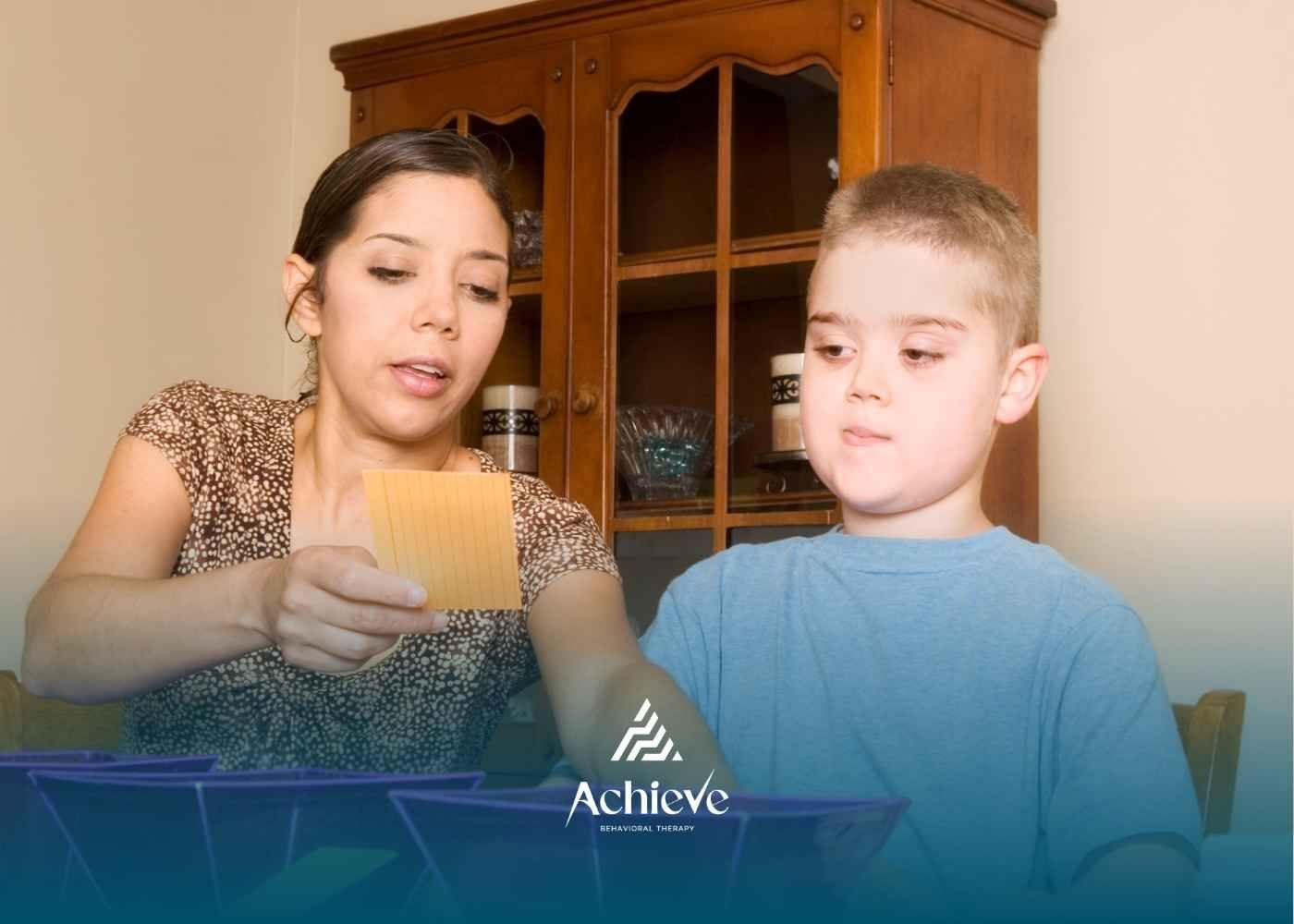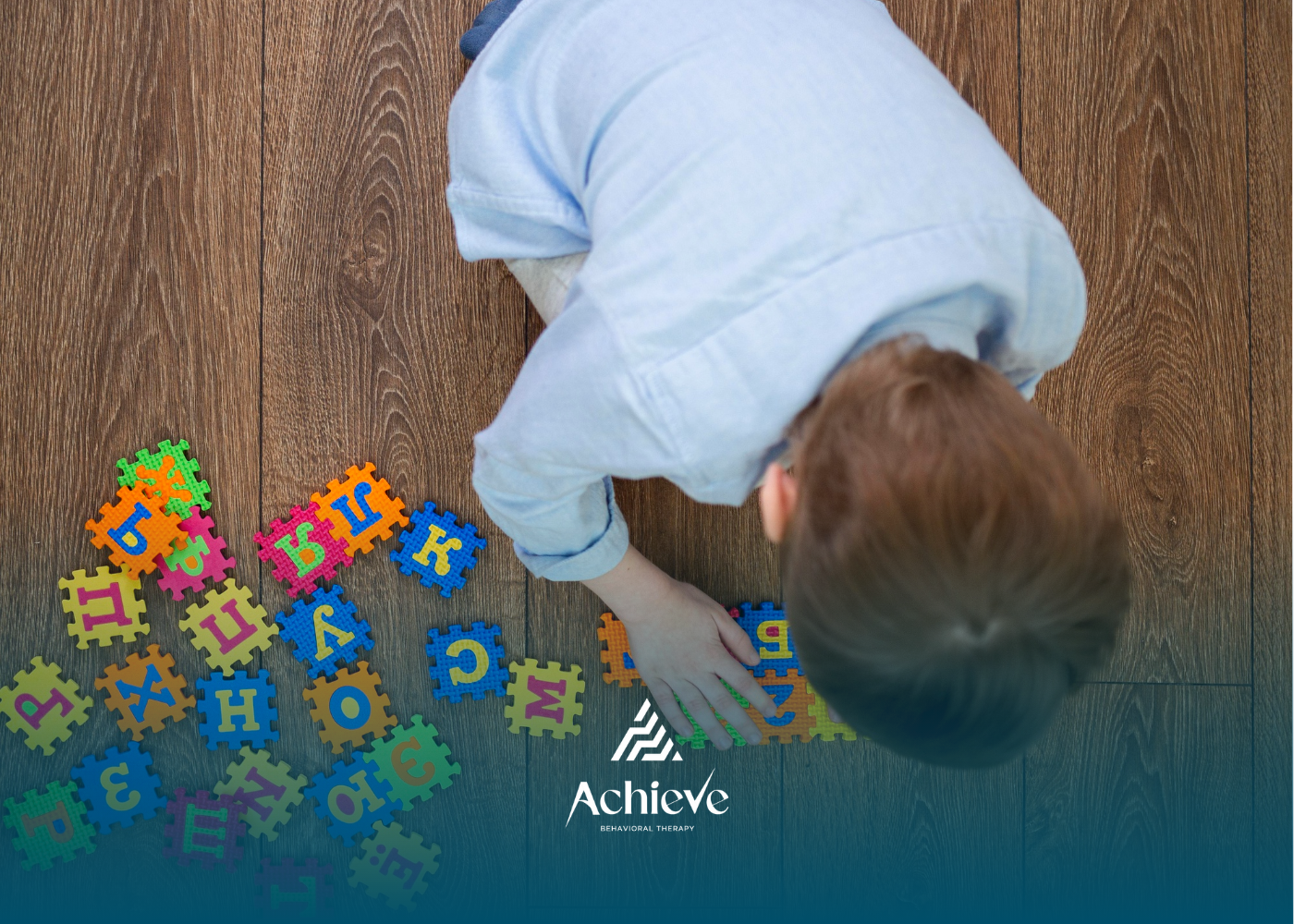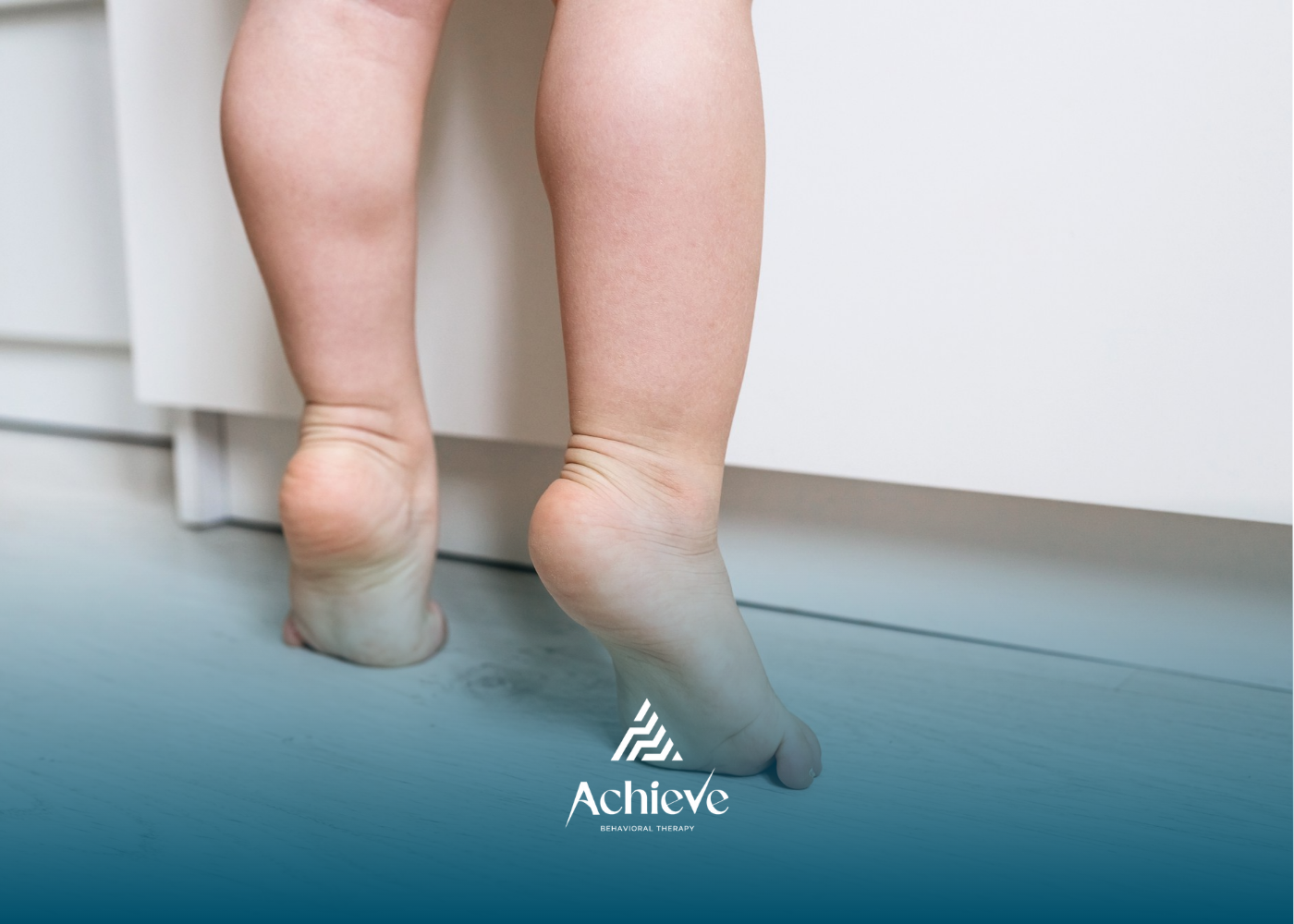How Do People Afford ABA Therapy? 6 Smart Ways That Work

How do people afford ABA therapy? Most families rely on a mix of solutions: insurance, state programs, Medicaid, grants, and payment plans. There are options—even when ABA therapy costs feel overwhelming.
Main Ways People Afford ABA Therapy
- Insurance Coverage: Many
private health insurance policies, as well as Medicaid, cover ABA therapy in both North Carolina and New Jersey. Check your plan and ask providers about requirements for approval.
- State and Federal Funding: Both states offer Medicaid programs that help eligible families pay for ABA therapy, sometimes with little or no out-of-pocket cost.
- Grants and Scholarships: Nonprofit organizations—including Autism Speaks and United Healthcare Children’s Foundation—offer grants to help pay for services.
- Payment Plans: Many clinics provide flexible payment options so families can spread expenses over time.
- Fundraising: Crowdfunding sites like GoFundMe are sometimes used to gather community support for costs not covered by insurance or grants.
- Regional Support: Local agencies may offer financial advice, cost-sharing programs, or assistance with navigating benefits.
How do people afford ABA therapy? They combine insurance, public funds, grants, and payment plans to make vital care accessible.
In North Carolina and New Jersey, many Achieve Behavioral Therapy families combine insurance reimbursement, Medicaid, and flexible payment plans. With guidance and support, most find a path that fits their budget and secures quality care for their children.
Need help mapping a plan?
Call Achieve Behavioral Therapy to schedule a “Funding Solutions Consultation”—get personalized advice and unlock every option for your child.
Need Support?
We're Here to Help!
Our experienced team is ready to assist you. Reach out today to discuss how we can support your child's development and well-being.
Get started with expert ABA therapy today.










